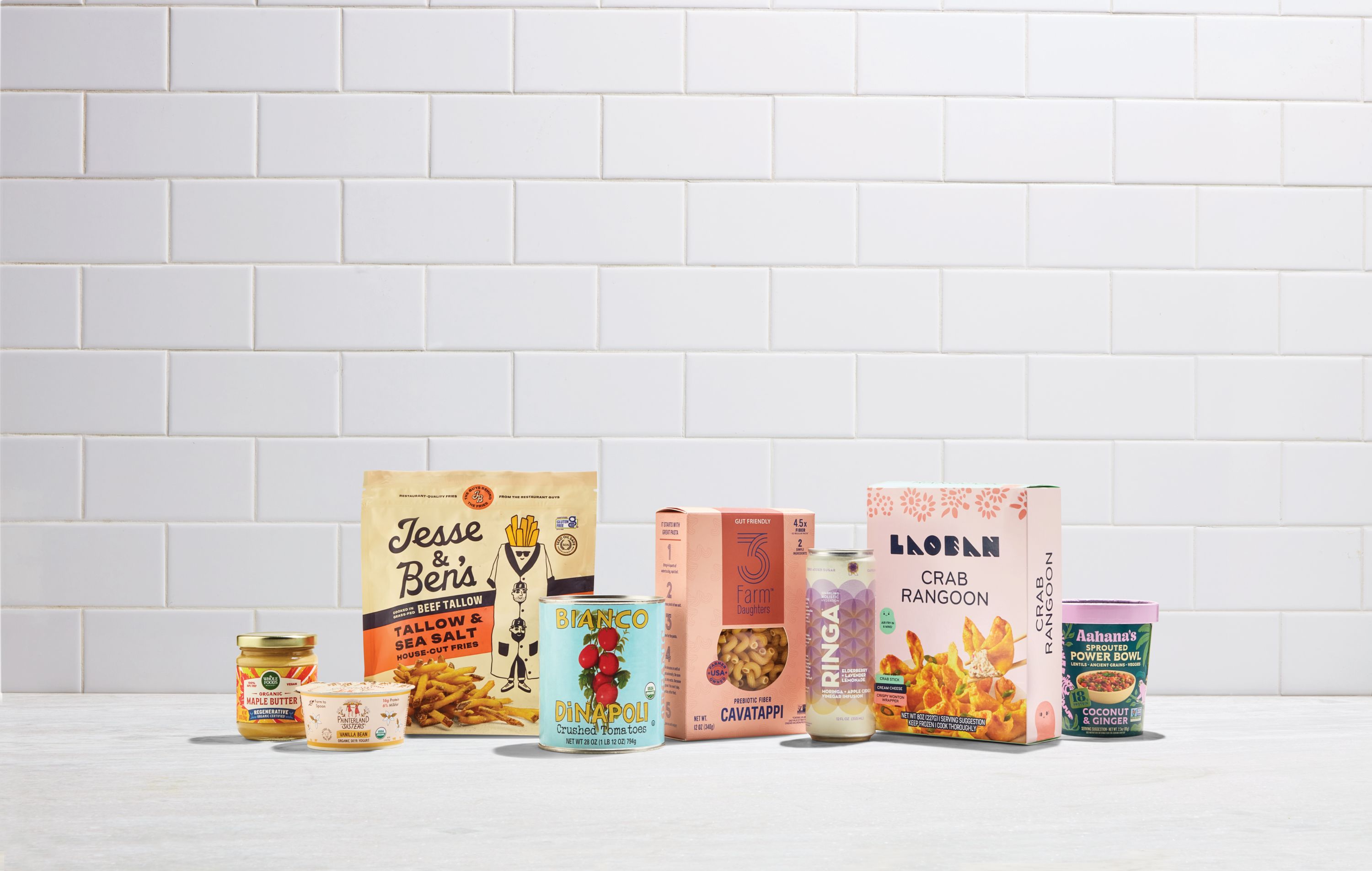Each year, the Whole Foods Market Trends Council looks ahead to identify what will shape how and what we eat. Their 2026 forecast reads like a window into the next stage of the modern food movement—where wellness, design, heritage, and convenience converge.
Below is a breakdown of the eight trends shaping the year ahead, and what they mean for food and beverage brands.
1. Tallow Takeover
What’s happening Beef tallow—once a kitchen staple, later replaced by vegetable oils—is back. From whipped, herb-infused spreads to high-smoke-point cooking fats, tallow is being rediscovered by chefs and consumers alike.
Why it matters
-
•
Consumers are looking for heritage ingredients that connect to traditional cooking.
-
•
It aligns with the “nose-to-tail” ethos and reduces waste by using the whole animal.
-
•
For brands, it’s an opportunity to differentiate in the crowded oil and fat category with a “premium nostalgia” story.
Strategic takeaway Look for ways to reintroduce traditional ingredients with a modern framing—heritage meets health.
2. Focus on Fiber
What’s happening After a decade dominated by protein marketing, fiber is having its moment. Prebiotic fibers from chicory, cassava, and konjac are being added to snacks, breads, and pasta.
Why it matters
-
•
Gut health is becoming mainstream, with fiber as the hero nutrient.
-
•
Fiber-rich reformulations enable “better-for-you” claims without heavy processing.
-
•
It allows brands to connect clean-label simplicity with tangible health benefits.
Strategic takeaway Think beyond protein. “Fiber-forward” could become the next shorthand for functional, everyday wellness.
3. Year of the Female Farmer
What’s happening Women are taking the spotlight in agriculture, from regenerative farming to aquaculture. Whole Foods notes that 2026 has been designated the International Year of the Woman Farmer.
Why it matters
-
•
Consumers increasingly want transparency and equity in their supply chains.
-
•
Partnering with women-led farms creates both social and storytelling value.
-
•
It introduces new sourcing narratives—“grown by women,” “female-led fisheries,” and “women-owned co-ops.”
Strategic takeaway Make sourcing stories visible. Highlight who grows your ingredients as much as how they’re grown.
4. Kitchen Couture
What’s happening Design-forward food packaging is moving from novelty to expectation. Think dopamine décor for the pantry: colorful, collectible, and ready to live on the counter.
Why it matters
-
•
Food products are now part of home aesthetics.
-
•
Consumers expect packaging to delight, not just contain.
-
•
It’s a low-cost way to enhance brand equity—form meets function meets fun.
Strategic takeaway Treat your packaging as part of the product experience. Beautiful sells.
5. Freezer Fine Dining
What’s happening Frozen meals are shedding their utilitarian reputation. Chef-driven, globally inspired frozen entrees are growing, bringing restaurant-quality food into the home.
Why it matters
-
•
Consumers are seeking convenience without compromise.
-
•
Rising costs make “premium frozen” an accessible luxury.
-
•
The freezer aisle is becoming a canvas for innovation rather than a storage space for staples.
Strategic takeaway Consider the freezer aisle a frontier for innovation. Quality and speed are no longer opposites.
6. Very Vinegar
What’s happening Vinegar is making a comeback in beverages, condiments, and tonics. Artisanal and infused versions are leading the charge.
Why it matters
-
•
Vinegar brings flavor intensity and fermentation cred.
-
•
It connects the culinary world with the functional health space.
-
•
Its versatility makes it a playground for small brands and mixologists alike.
Strategic takeaway Experiment with acidity. Vinegar-based formulations can elevate both flavor and perceived functionality.
7. Sweet, but Make It Mindful
What’s happening Consumers aren’t giving up sweetness—they’re redefining it. Products are swapping refined sugars for fruit, honey, and maple syrup, while keeping indulgence intact.
Why it matters
-
•
Reflects the balance between health consciousness and emotional satisfaction.
-
•
Transparency in ingredients builds trust and loyalty.
-
•
“Better sweet” is easier to sell than “no sweet.”
Strategic takeaway Position treats as mindful indulgences, not guilty pleasures.
8. Instant Reimagined
What’s happening Instant is no longer shorthand for cheap. From premium pour-over coffees to shelf-stable gourmet meals, convenience is being redefined through quality and design.
Why it matters
-
•
Consumers want frictionless preparation with premium flavor.
-
•
Better packaging and ingredient quality are driving perception shifts.
-
•
Younger consumers value both time and taste—and won’t compromise on either.
Strategic takeaway Revisit the “instant” category. It’s a test bed for innovation where function and aspiration meet.
Key Themes for 2026
-
•
Utility plus story: The strongest products deliver both tangible benefits and emotional resonance.
-
•
Premiumization of the ordinary: Frozen, instant, and pantry staples are being elevated.
-
•
Ingredient integrity: Clean sourcing and purpose-driven storytelling are non-negotiable.
-
•
Design as differentiation: Form and function merge in every category.
-
•
Mindful indulgence: Pleasure and wellness are finally coexisting.
Final Thought
Trends like these don’t predict the future—they reveal where consumer energy is already flowing. The opportunity lies in acting early, with authenticity and focus.
If this sparked an idea for your next product brief or innovation roadmap, let’s talk about how to turn it into something real.
At 6 Seeds, we help food and ag brands find their next move—with clarity, calm, and confidence.

